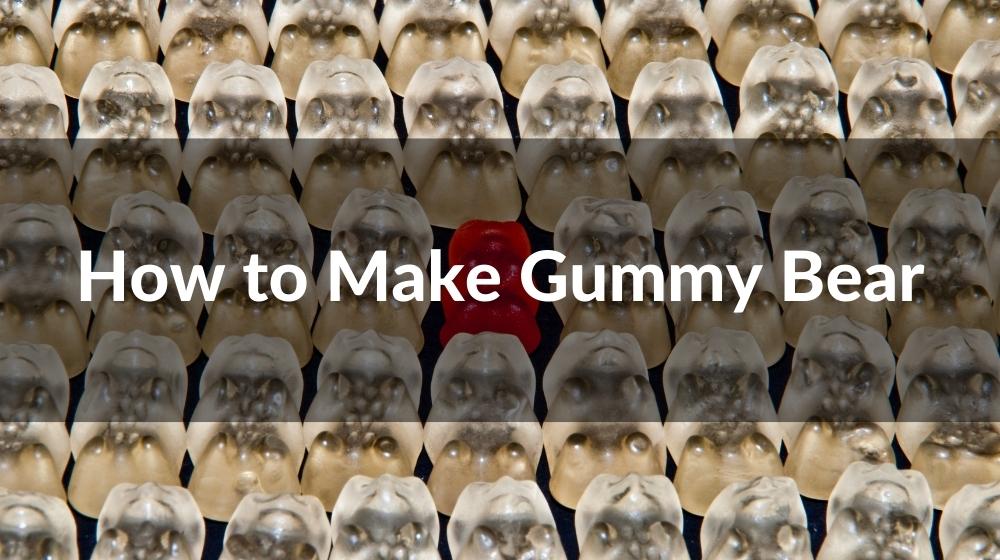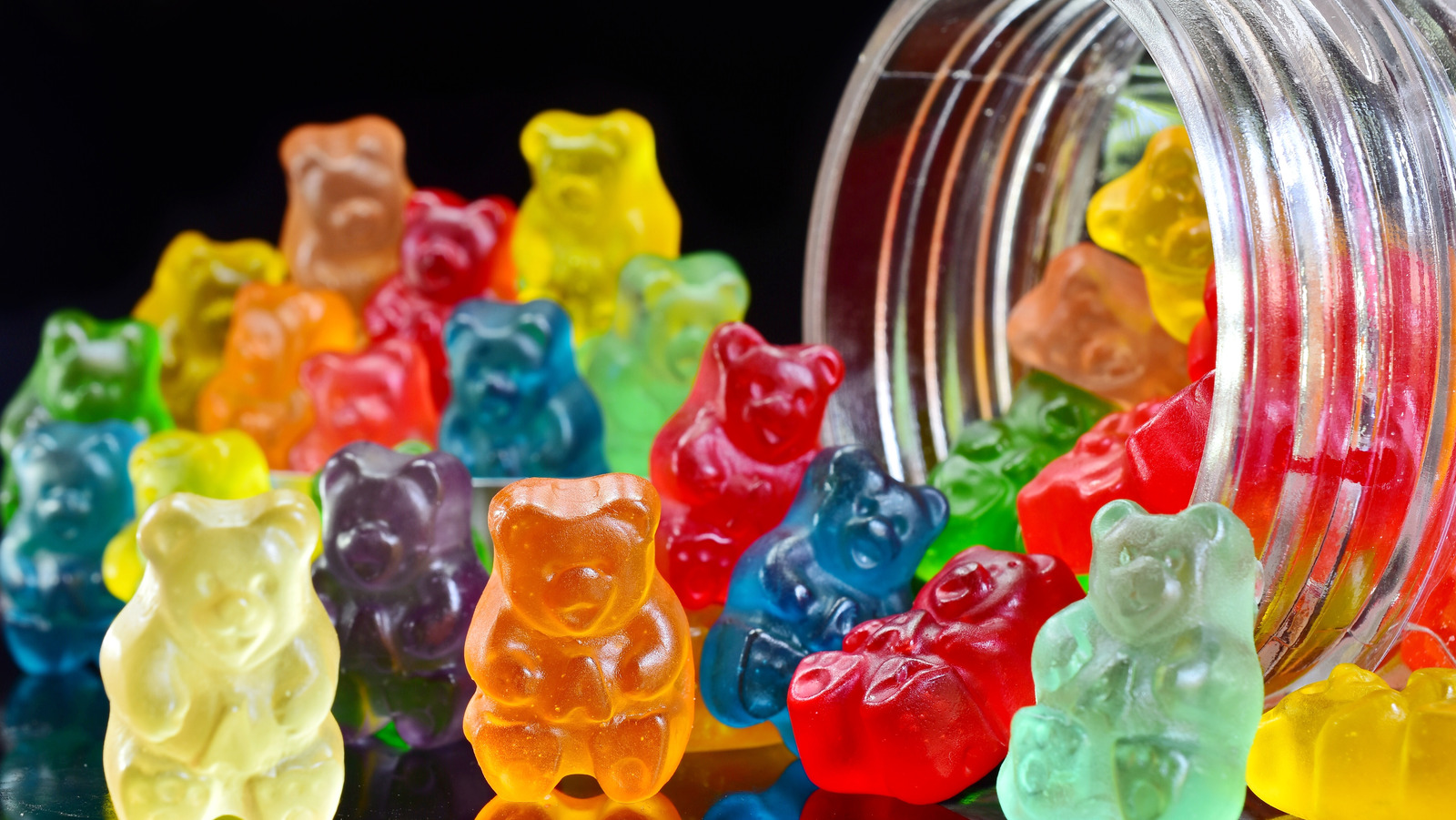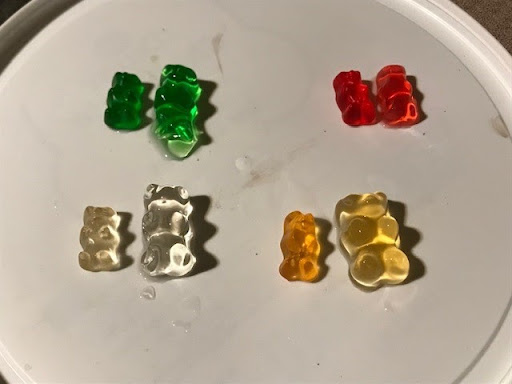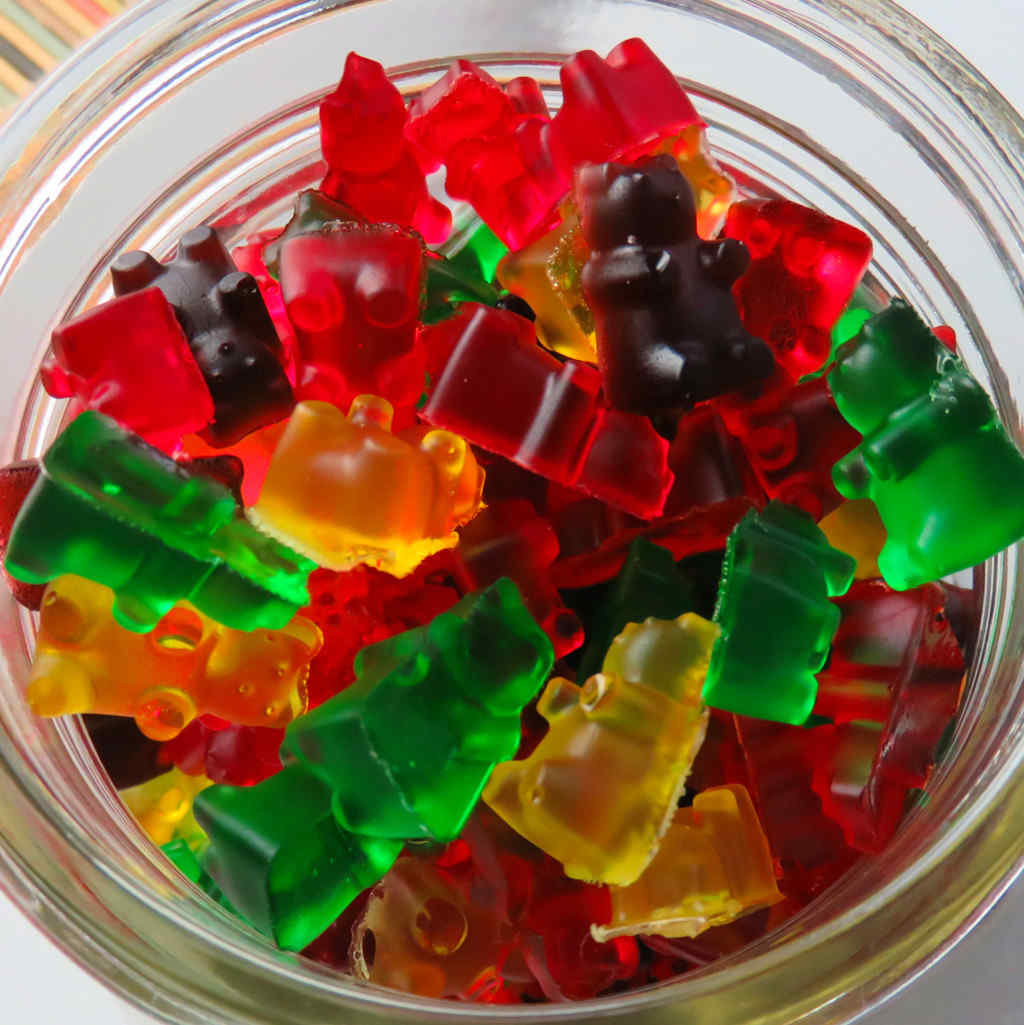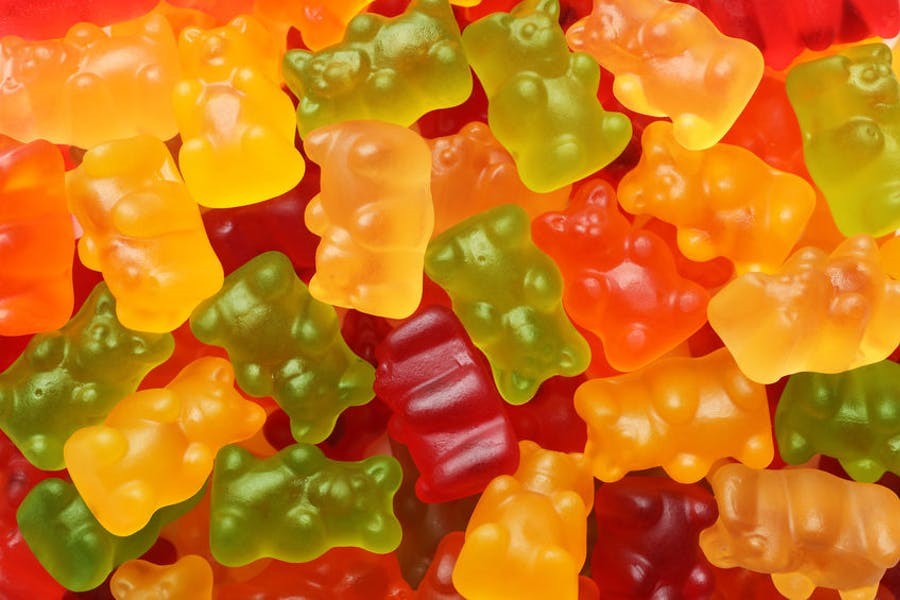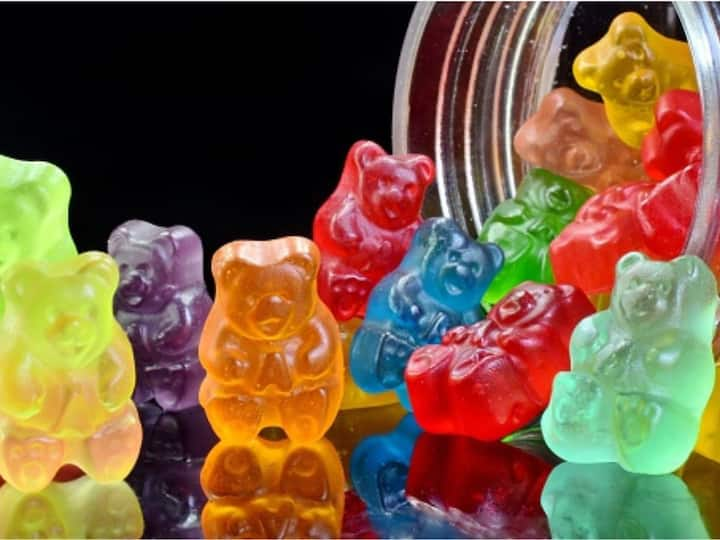Gummy Bear What Is It Made Of
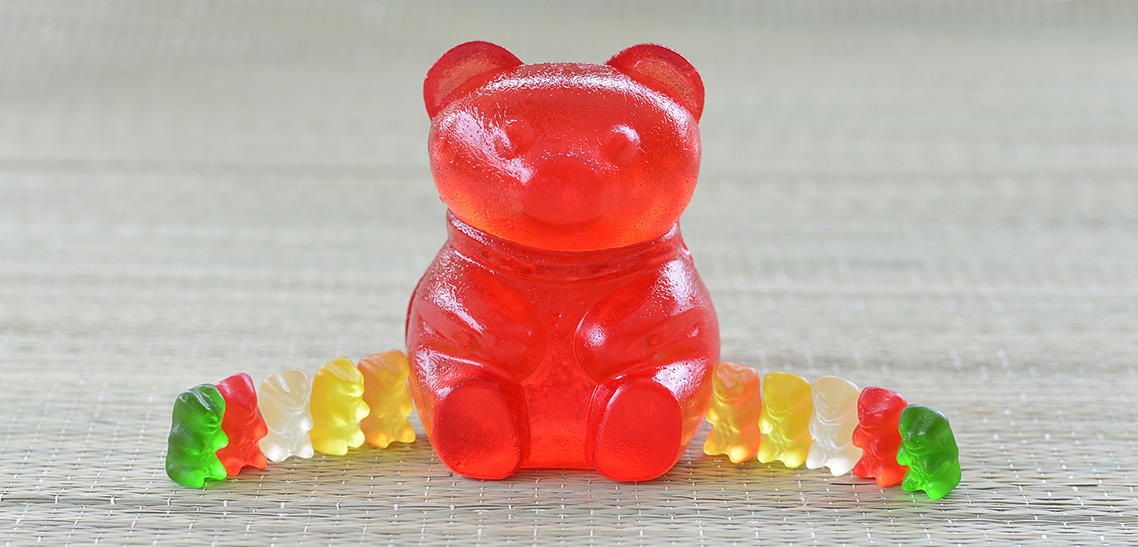
Urgent investigation reveals the unsettling truth behind the beloved gummy bear. The sweet treat's composition is under scrutiny, exposing its less-than-appetizing origins.
The seemingly harmless gummy bear, a childhood staple and a global confectionery icon, is primarily composed of gelatin, sugar, and artificial colors. This revelation prompts immediate questions about the ingredients' sourcing and processing.
What's Really in Your Gummy Bear?
The main component of gummy bears is gelatin. This protein is derived from the collagen found in animal skin, bones, and connective tissues.
Specifically, gelatin used in gummy bears is often sourced from pigs and cows. The process involves boiling these animal parts to extract the collagen, which is then processed into gelatin.
While food-grade gelatin is considered safe for consumption, the ethical implications of its source are sparking debate. Concerns are also rising regarding the lack of transparency in labeling.
Sugar and Artificial Colors: A Double Dose of Concern
Beyond gelatin, gummy bears are loaded with sugar, often in the form of corn syrup or sucrose. High sugar content contributes to potential health risks such as tooth decay and obesity.
Adding to the problem is the use of artificial colors to achieve the vibrant hues of gummy bears. These dyes, such as Red 40, Yellow 5, and Blue 1, have been linked to hyperactivity in children.
The Center for Science in the Public Interest (CSPI) has long advocated for stricter regulations on artificial food dyes. They argue that these chemicals pose unnecessary risks, especially to children.
The Manufacturing Process: From Animal Byproduct to Sweet Treat
The gummy bear manufacturing process begins with preparing the gelatin solution. Sugar, corn syrup, and other sweeteners are then added to the mixture.
Next, artificial colors and flavorings are incorporated to create the desired taste and appearance. The liquid mixture is then poured into molds shaped like bears and left to set.
After setting, the gummy bears are demolded, cooled, and often coated with a polishing agent, such as carnauba wax, to give them a shiny finish. This process, while efficient, raises questions about hygiene and quality control.
Who is Affected and Where?
The consumption of gummy bears is widespread, affecting people of all ages and demographics. Children are particularly vulnerable to the negative effects of high sugar intake and artificial additives.
Gummy bears are manufactured and sold globally, with major producers located in Europe and North America. The lack of consistent labeling standards across different regions creates further confusion for consumers.
Consumer advocacy groups in the United States and Europe are calling for stricter regulations on gummy bear ingredients and manufacturing processes.
The Rise of Alternatives
Growing consumer awareness is driving demand for healthier gummy bear alternatives. These include products made with fruit juice, natural sweeteners, and plant-based gelatin substitutes like agar-agar or pectin.
Several companies are now marketing "organic" or "natural" gummy bears, but it's crucial to scrutinize their ingredient lists carefully. Greenwashing is a common practice in the food industry, and consumers must be vigilant.
Vegan gummy bears are also gaining popularity, offering a cruelty-free alternative for consumers concerned about animal welfare. These products typically use plant-based gelling agents instead of gelatin.
Expert Opinions
Dr. Emily Carter, a nutritionist at Harvard Medical School, warns against excessive consumption of gummy bears. She emphasizes the importance of reading labels and making informed choices.
“While occasional consumption may not be harmful, regular intake of gummy bears can contribute to various health problems, especially in children,” Dr. Carter states.
Consumer Reports has also published several articles highlighting the potential risks associated with artificial food dyes. They recommend opting for products with natural coloring agents like beet juice or turmeric.
What's Next?
Consumer demand for transparency and healthier options will continue to drive change in the gummy bear industry. Regulatory bodies are facing increasing pressure to strengthen labeling requirements and restrict the use of harmful additives.
Ongoing research is exploring the long-term health effects of artificial food dyes and high sugar consumption. The findings will likely inform future policy decisions and consumer behavior.
The future of the gummy bear may depend on the industry's willingness to prioritize consumer health and ethical sourcing. A shift towards natural ingredients and transparent labeling is essential to maintain consumer trust.




